Ping G400 Vs Ping G425 Driver Comparison & Review
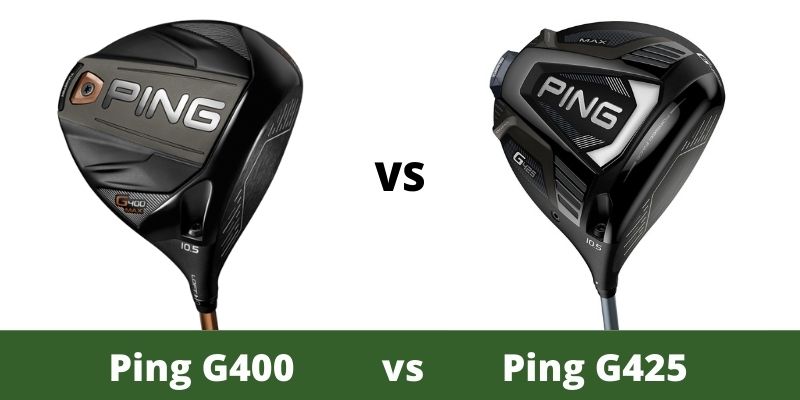
If you’re lucky enough to be shopping Ping drivers then pay close attention to the following review that takes an in-depth look at two of the company’s best and most popular drivers.
You really can’t go wrong with a Ping driver but that doesn’t mean you can blindly choose any of them and expect your game to improve. On the surface, the Ping G400 and G425 drivers have a lot in common.
But if you really want to add yards to your drive and strike more consistently, you have to know the minute details because it’s the details that work to separate these two drivers. Which will help you add distance to your drive? Let’s take a look!
Quick Comparison
Ping G400 |
Ping G425 |
|
Adjustable Weight? |
Yes |
Yes |
Lofts |
9.0, 10.5 |
9.0, 10.5, 12.0 |
Key Technology |
Forged titanium face |
Sliding rear weight |
Weight |
D3 |
D3 |
Price |
$300 |
$500 |
Overall Rating |
93/100 |
95/100 |
Ping G400 Key Features
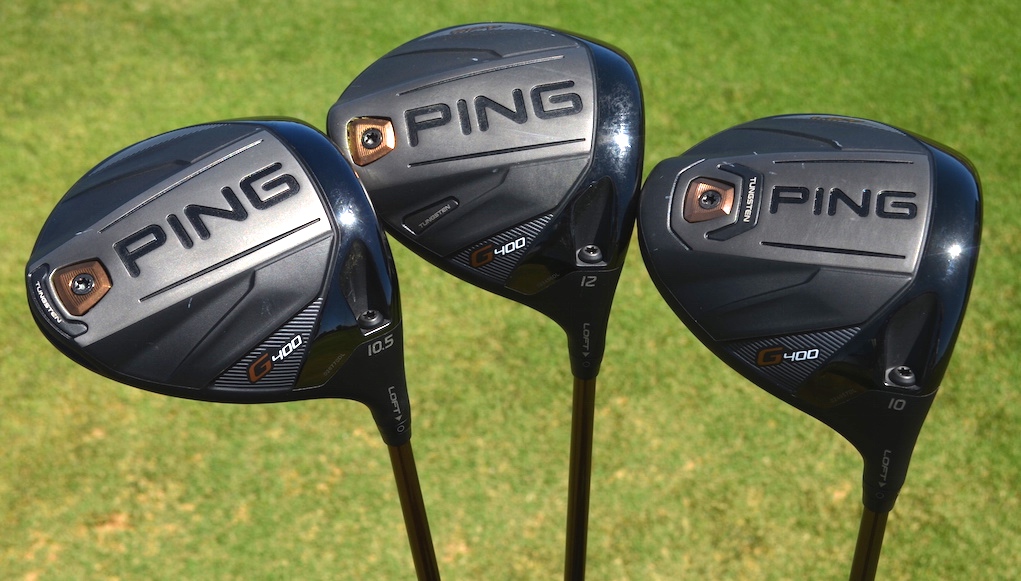
When taken altogether, the features of the Ping G400 driver make for a long and very satisfying club.
Let’s start with the forged T9S+ face. This is a special kind of titanium that has been forged to be thinner than normal titanium. It feels fantastic off the ball and produces a rich, deep sound.
Then there is the tungsten back weight. You can actually add weights or remove them from this weight port so you can achieve your ideal CG. To be quite honest, this “adjustment” process is kind of a pain in the neck.
While it’s nice that you can fine-tune the weight, we just wish Ping made it a little easier. But we digress. At address, the Ping G400 driver looks amazing. This is one of the sleekest, sexiest drivers we’ve had the pleasure of testing.
The lines and turbulators on the crown give it a fast look that looks very tempting. To accommodate the thin face, Ping used their internal dragonfly ribbing system to add torsional stability and increase MOI.
In all, the Ping G400 is said to have an MOI rating of 9,000 which is pretty impressive for a driver.
Ping G425 Key Features
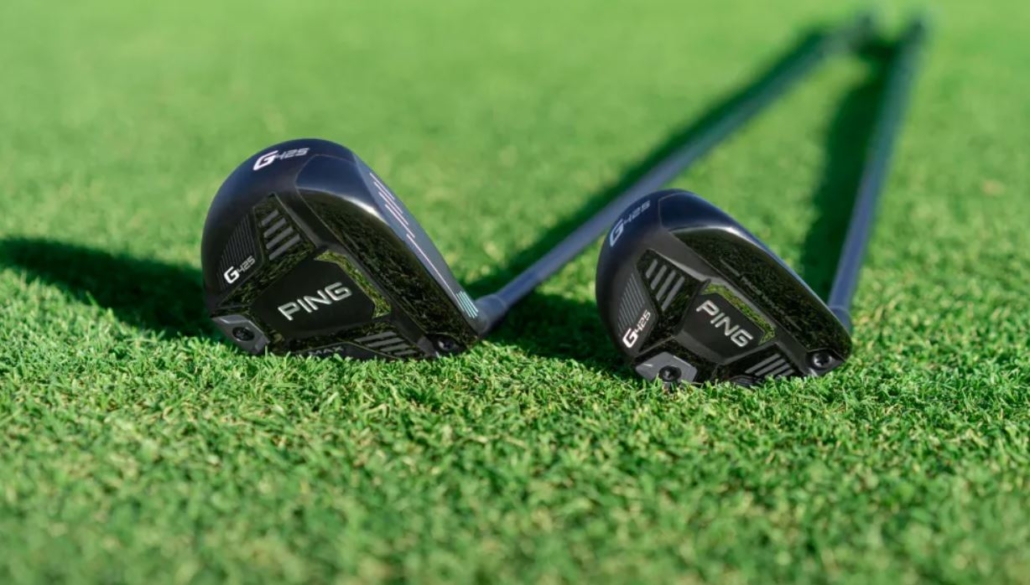
The Ping G425 basically takes all the features of the Ping G400 and improves upon them.
For instance, Ping used titanium to construct the internal dragonfly ribs for the G425 driver. This keeps the stability and the MOI high but doesn’t contribute much to the overall weight of the club.
Ping also upgraded to a sliding rear weight for the G425. The sliding weight is very easy to use and can be set in the draw, neutral or fade positions.
The Ping G400 Family
Ping released the special LST version of the G400 driver along with the standard version.
The Ping G400 LST has all the same titanium appointments and weighting options as the standard G400; but with the added benefit of forward-oriented weighting. The LST effectively retards spin which will help faster swing speed players gain yardage.
The Ping G425 Family
The Ping G425 family also includes an LST version.
With the G425 LST driver, you get a smaller, pear-shaped head and a lighter sliding rear weight. Ping dropped the weight of the LST driver to 17 grams from the 26 gram weight of the standard G425.
G400 Vs. G425
Overall, the Ping G425 takes everything that’s great about the Ping G400 driver and builds on it.
And now for the moment you’ve all been waiting for: which driver is longer. The Ping G425 played an average of 11 yards longer than the Ping G400 driver. Other than that though, the performance of these drivers was very similar.
Ping G400 Vs. Callaway Mavrik

The Ping G400 driver borrowed a lot of basic performance concepts from the Mavrik driver. For instance, the Mavrik also has internal bracing bars to boost MOI. The Mavrik also features a titanium face.
Ping G400 Options
- PING Alta CB 55 shaft
- PING Tour 65
- Aldila X-Torsion Copper
- Project X HZRDUS Yellow
- Regular, soft regular, stiff extra stiff flex
Ping G425 Options
- PING Alta CB 55 Slate
- Aldila Rogue White 130 MSI 70
- Mitsubishi Tensei AV Orange 55
- PING Alta Distanza
- Soft regular, regular, stiff, extra stiff flex
Who is Each Driver for?
Both of these drivers have a lot to offer mid to high handicap players.
However, if you are in need of more help with distance, the Ping G425 would work great for you. The Ping G400 would be more suitable to players with faster swing speeds.
Performance Comparison
Both of these drivers played very consistently.
They also had nearly identical feel. However, we liked that you could easily adjust the loft and lie of the Ping G425 driver as well as the CG orientation via the rear sliding weight.
Accuracy & Consistency
Again this one goes to the Ping G425 with its sliding rear weight.
In our testing, we were able to compensate for our swing tendencies with the Ping G425 and keep the ball on the fairway on more drives.
Price Comparison
Since the Ping G425 is the newer driver, it is about $200 more expensive than the ping G400 driver.
Ping G400 Pros & Cons
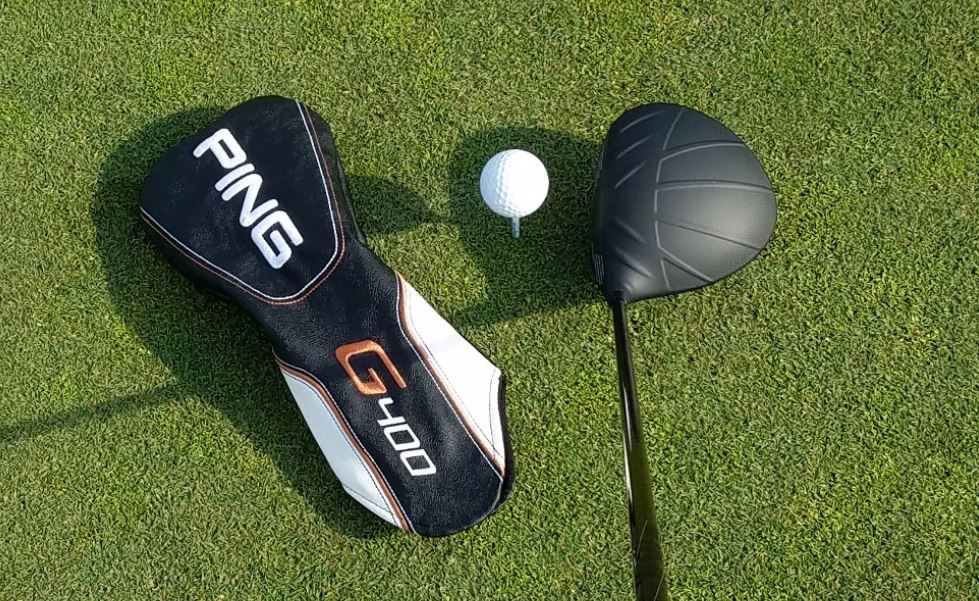
Pros:
- Good for faster swing speed
- Satisfying feel
- Amazing looks
- Premium shaft options
- Plays long
Cons:
- No sliding weight
- Not as long as the G425
- A bit heavy
Overall Score: 93/100
Check Out More Reviews Here:
Ping G425 Pros & Cons:
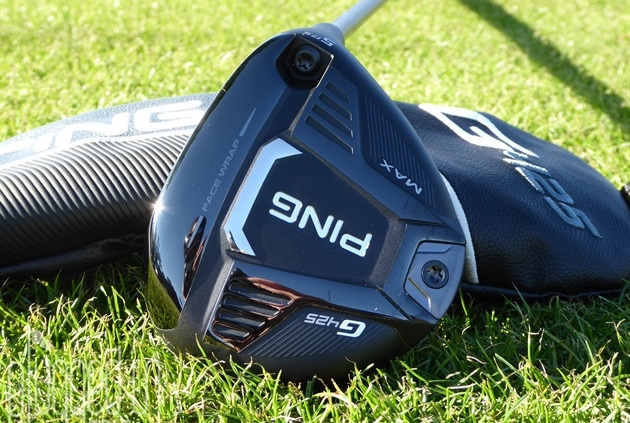
Pros:
- Sliding weight
- Longer than the G400
- Lightweight
- Titanium bracing ribs
- Aerodynamic head
Cons:
- Looks busy at address
- More expensive
- Not great for low handicappers
Overall Rating: 95/100
Check Out More Reviews Here:
Final Assessment
In the end, we liked the Pong G425 slightly more than the G400.
The G425 represents significant improvements over the G400. So anyone who is a fan of the Ping G400 should absolutely fall in love with the Ping G400 – we sure did. It’s longer than the G400 and still provides the rich, deep sound and solid feel at impact.
Be sure to check out the Ping G425 driver if you are seeking a great-feeling driver that will add yards to your drive!




